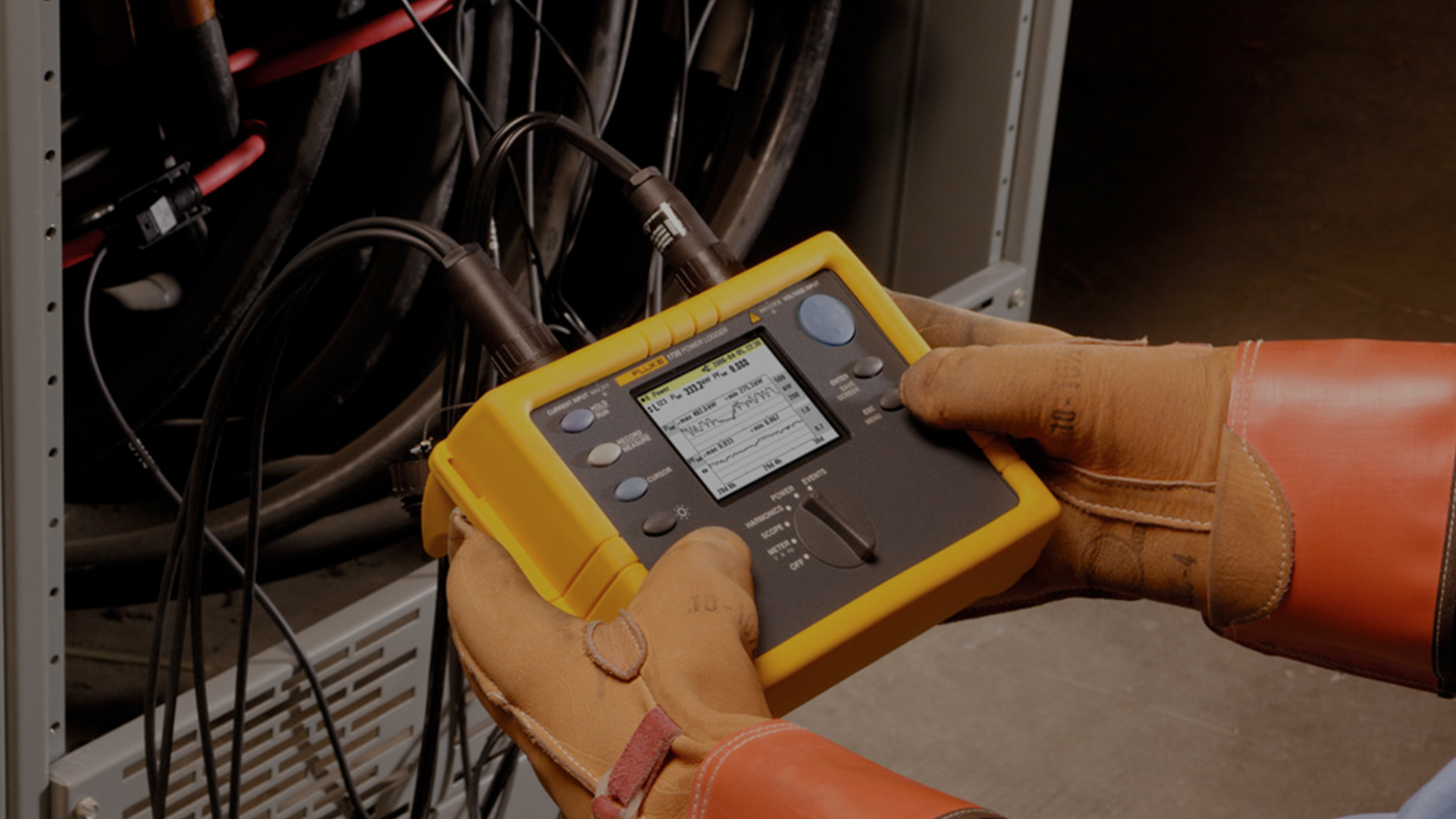
One of the most common computational procedures used in power system analysis is the load flow calculation. The planning, design and operation of power systems require such calculations to analyse the steady state performance of power system under various operating conditions and to study the effects of changes in equipment configuration. These load flow solutions are performed using computer programs designed specifically for this purpose. The basic question in the load flow analysis is: “Given the demand at all buses of a known electric power system configuration and the power production at each generator, find the power flow in each line and transformer of the interconnecting network and the voltage magnitude and phase angle at each bus.“ Analysing the solution of load flow analysis for numerous conditions helps ensure that the power system is designed to satisfy its performance criteria while incurring the most favourable investment and operation costs. Some examples of the uses of load flow studies are to determine,
Modern systems are complex and have many paths or branches over which power can flow. Such systems form networks of series and parallel paths. Electric power flow in these networks divides among the branches until a balance is reached in accordance with established circuit theory. Computer programs to solve load flows are divided into two types static (offline) and dynamic (real time). Most load flow studies for system analysis are based on static network models. Real time load flows (online) that incorporate data input from the actual networks are typically used by utilities in Supervisory Control And Data Acquisition (SCADA) systems. Such systems are used primarily as operating tools for optimisation of generation, var control, dispatch, losses, and tie line control. This discussion is concerned with only static network models and their analysis. A load flow calculation determines the state of the power system for a given load and generation distribution. It represents a steady state condition as if that condition had fixed for some time. In reality, line flows and bus voltages fluctuate constantly by small amounts because load changes constantly as lights, motors, and other loads are turned on and off. However, these small fluctuations can be ignored in calculating the steady state effects on system equipment.The load flow model is also the basis for several other types of studies such as short circuit, stability, motor starting, and harmonic studies. The load flow model supplies the network data and an initial steady state condition for these studies.
Short Circuit Study
Short circuit studies are conducted to determine the fault currents and fault MVA levels in the plant for single line to ground fault and three phase to ground fault. The study is done for various types of faults at different locations throughout the system. Two factors upon which the proper selection of circuit breakers depends are the current flowing immediately after the fault occurs and the current, which the breaker must interrupt. In addition, the results of the short circuit studies are used to determine the settings of relays, which control the circuit breakers.
Power System Stability Study
The stability of the power system is mainly reflected by the transient response of the system and hence machine models with greater sophistication have to be used to understand the swing of generators rotor angle, Voltage profile at different buses, Frequency fluctuations of generators and current shoot up and it's stabilization for different equipment etc are simulated for following abnormal conditions.
Data Collection, Validation and Power System Modeling
Load Flow study
Short Circuit Study
Transient Stability Study
The following studies is carried out under transient study